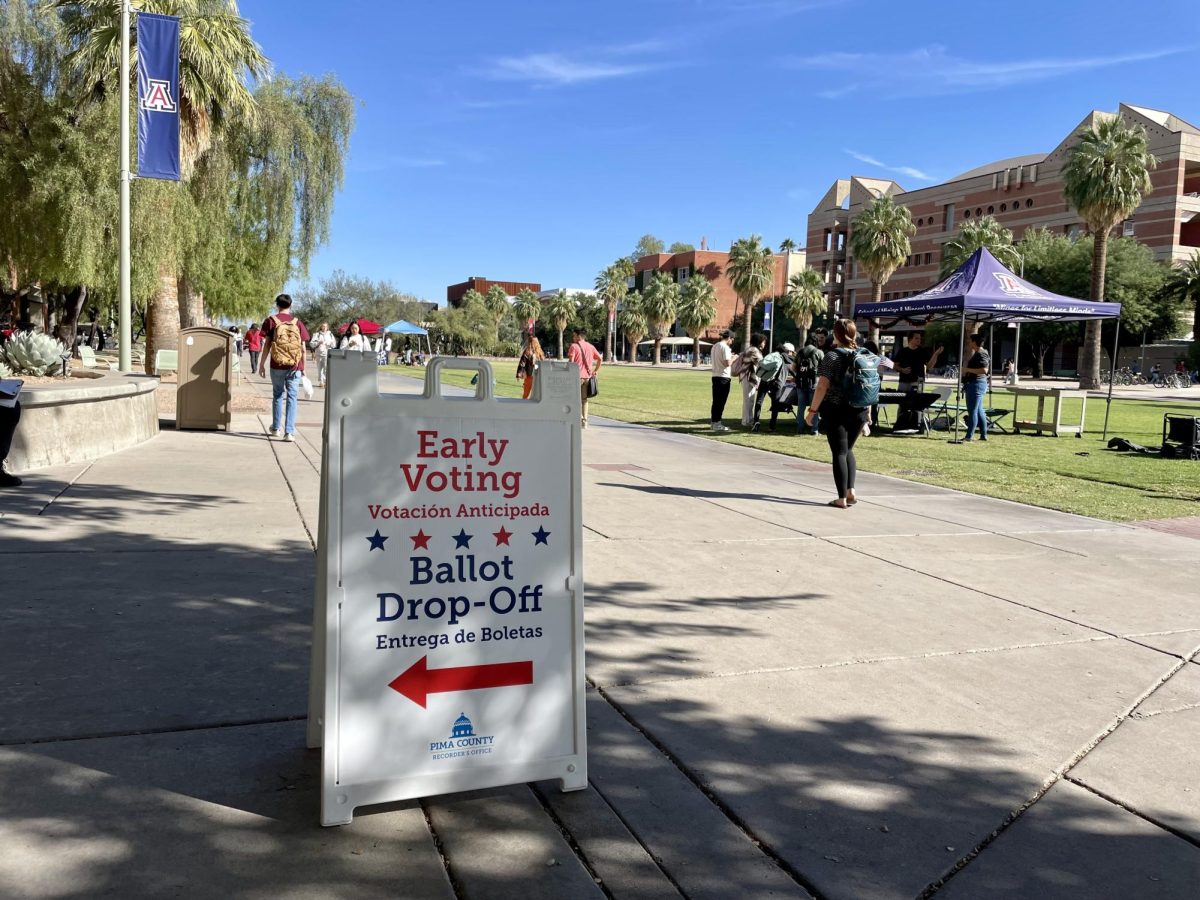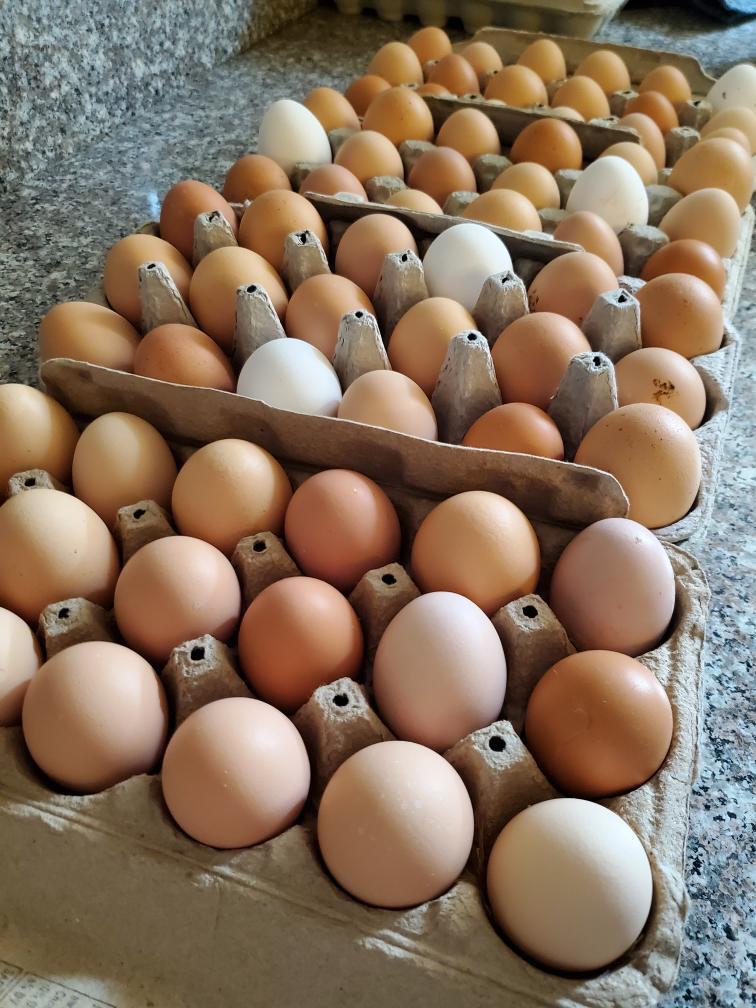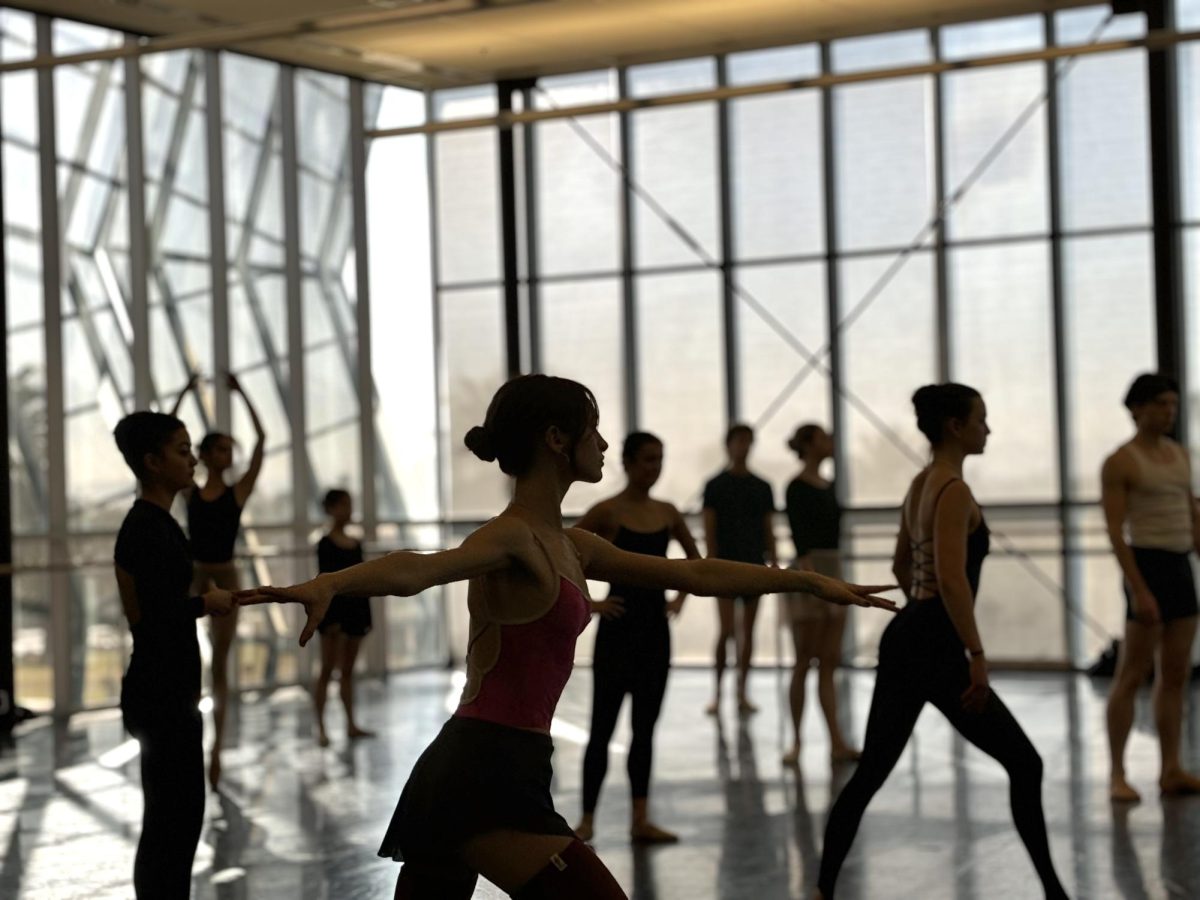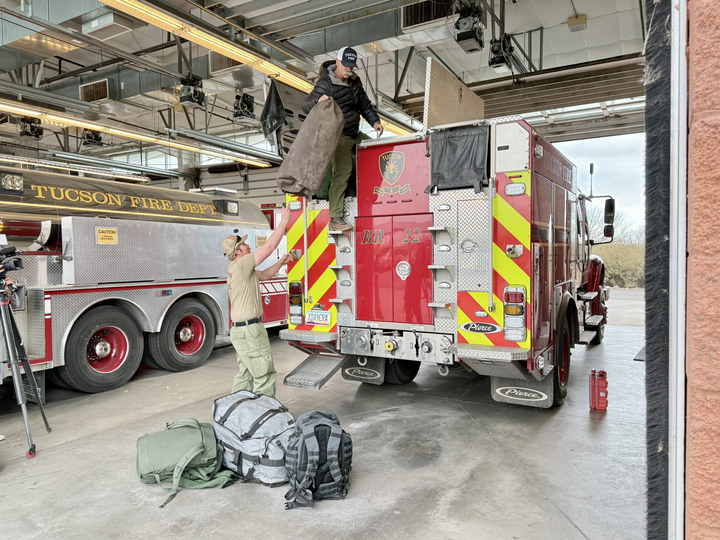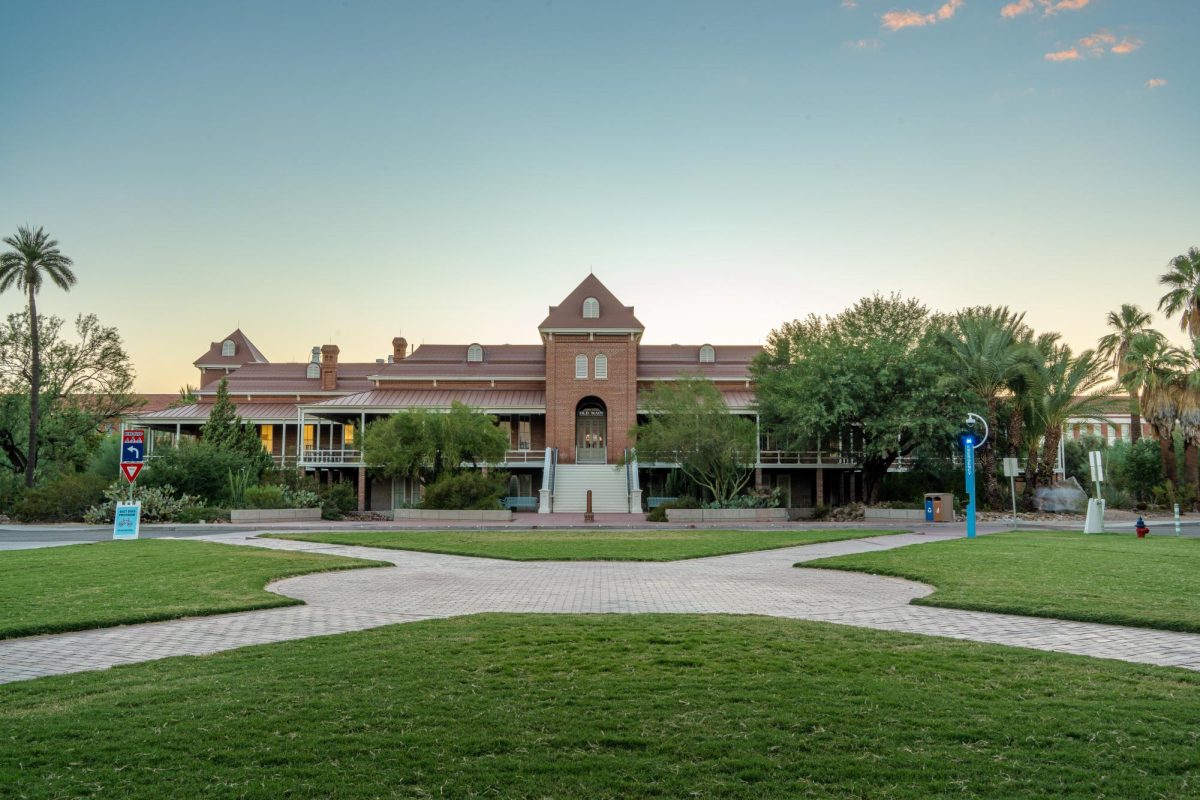Arizona Republicans are one step closer to replacing polling centers with precinct-based polling places.
The House Federalism, Military Affairs and Elections Committee moved to replace polling centers with precinct-based polling on Jan. 22. The bill is now in committee review.
The House and then the Senate would need to pass the bill before it goes to Gov. Katie Hobbs. If she signs it, it will become law. If she vetoes it, the identical proposal, House Concurrent Resolution 2002, could go to voters in the 2026 general election ballot.
In simple terms, House Bill 2017 would prohibit polling centers, instead shifting voters to specified precinct-based polling places and limiting each location to 1,000 registered voters.
Currently, Pima County has 265 precincts and 126 polling centers, according to Constance Hargrove, the Pima County elections director. She said the county switched to polling centers in 2022, primarily for “voter convenience.”
Rep. Rachel Keshel, a Republican representing District 17, sponsored the bill for the second year in a row. Although it did not pass the Senate last time, Keshel said when she was reelected, many voters were requesting she try again. Except this time, she is running an identical bill, House Concurrent Resolution 2002, so the bill would go to voters in the form of a ballot question.
Keshel’s District 17 includes parts of Pima, Pinal and Cochise counties.
Keshel said this bill would be a solution to “instill faith back in the election process.”
Rep. Alexander Kolodin, a Republican who represents District 3 in Maricopa County, said voting in precincts is more convenient because it is closer to home than any polling center.
“A constant complaint I have gotten from voters in the northwestern part of my district is that since the vote center model was implemented it has become much more difficult for them to get to a polling location,” Kolodin said in a committee hearing of the bill.
Additionally, newly-elected Maricopa County Recorder Justin Heap said Maricopa County only switched to polling centers in 2018, so the concept of going back to what was done before was not outlandish.
“We are only talking seven years ago,” Heap said. “We are not going into some deep past that we’re dredging up territorial law here.”
Heap said the polling center model is easier for election officials, but it is time to prioritize the voters and switch back to precinct voting. He said it would shorten the voting process, including travel and wait time.
For example, the United Methodist Church, a polling center across the street from the University of Arizona campus saw long lines and wait times in the November 2024 election.
Heap said limiting each precinct to 1,000 voters may not work. He suggested increasing that number to 1,500 per polling precinct.
“The goal when designing the precincts was that all of them had relatively the same amount of registered voters in the county, so when the board got together and drew the lines, they were drawing so there was a quality amongst registered voter numbers per precinct not necessarily a hard and fast number that was set by statute,” Jen Marson, the executive director of the Arizona Association of Counties, said at the committee meeting.
Rep. Khyl Powell, a Republican representing District 14, supported looking into increasing voting numbers per precinct but added that about 80% of people in Arizona vote by mail anyway.
Heap said he is concerned about the use of provisional ballots — a way for someone to cast their vote until election officials verify their voting eligibility.
“The precinct model could create more provisional ballots because if someone goes to the wrong precinct, doesn’t want to go, they can say, ‘I want a provisional ballot instead,’” Heap said. “Then those are very difficult, often don’t get counted until much later and after the election cycle.”
According to Michael Truelsen, a communications specialist for the Pima County Recorder’s Office, there were 662,357 people registered to vote on Election Day.
Pima County issued 6,619 provisional ballots and 230 conditional provisional ballots. Additionally, 85% of counted ballots in Pima County were from early voting, a total of 442,409 people.
In the committee meeting, Katelynn Contreras, a policy strategist for the American Civil Liberties Union of Arizona, said polling centers “provide Arizonans with the flexibility to vote at your school or work if those activities are outside their voting precinct.”
“Arizona leads the nation in rejecting ballots that were cast in the wrong precinct,” Contreras said.
She said passing HB2017 causes barriers and is “undemocratic.”
Kolodin responded that voters need to be accountable for going to the correct precinct and there will not be a provisional ballot boundary in your way if you go where you are supposed to vote.
“Why do you not care about my voters being disenfranchised?” Kolodin asked, saying that precinct voting is what Republicans in Arizona want.
“Are you here just to protect a certain group of voters, or do you care about all Arizona voters?” Kolodin asked. “Because if you are about all Arizona voters, what’s your solution for making sure that we get more access to in-person voting on election day that is convenient for people?”
Marson said implementing precinct voting could be a logistical problem for counties across the state.
“If we snapped our fingers and there weren’t vote centers tomorrow, we would be in a lot of trouble,” Marson said. “If there was an election in November, for example, and we couldn’t use vote centers and it wasn’t all mail, I honestly don’t know what the county would do.”
This story first appeared in Arizona Luminaria.



